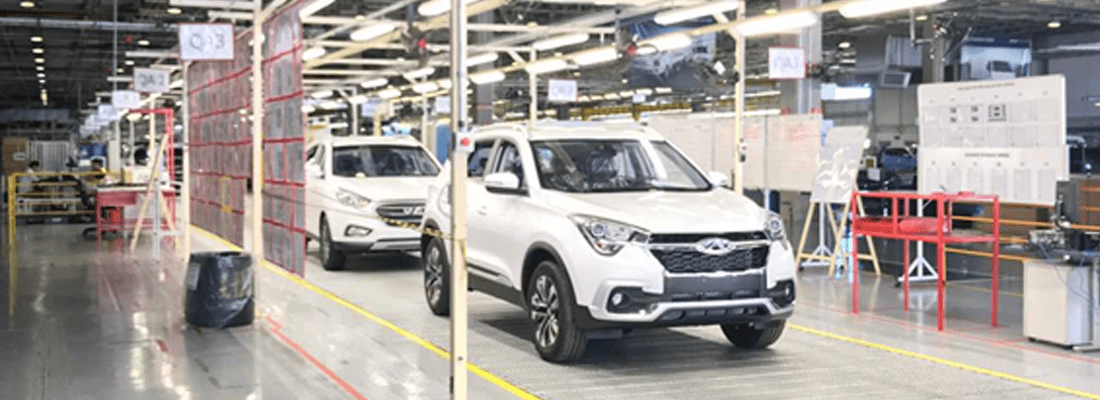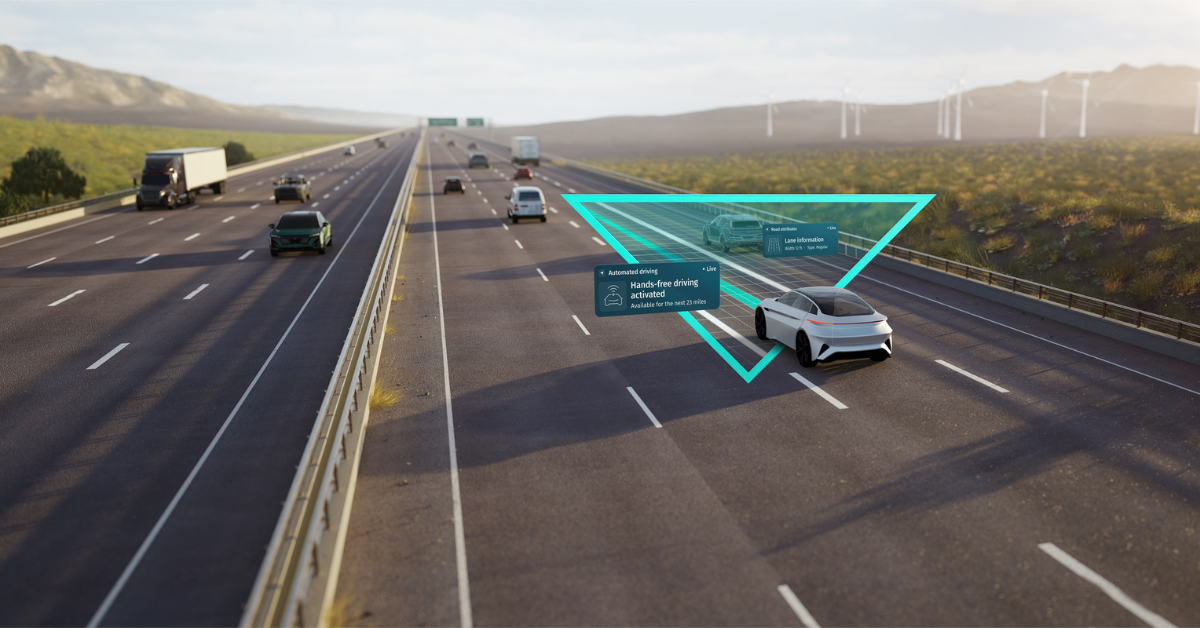The synergy between Brazil and China in technology for mobility

One of the biggest technology references on the planet, China has more synergy with Brazil than you can imagine. And that's why my next stop is the Intertraffic China in Shanghai.
Here I am again! I couldn’t imagine in November 2017 on my first visit to Intertraffic in Mexico City, that my relationship with this business would strengthen and become so important. After three participations, one of them in Indonesia, Asia, I’m now getting ready to fly to Shanghai for the Intertraffic China. In addition, I’ll be officially collaborating for the Intertraffic World with bimonthly articles about traffic in Brazil and the Americas.
Well, I’ll start by explaining: why go to China? And the answer is simple. Despite its globally known restrictions on access to western internet content, this country is definitively one of the main technology hubs on the planet. In addition to the ‘Fifteen Year Plan’, that runs from 2016 to 2030 in which the Chinese government intends to lead the global technology market, China already concentrates thousands of startups and so far has more than 160 unicorns (those whose market value exceeds US$ 1 billion), overcoming the USA.
With all that, China is a gigantic - literally - innovation and insights generator for other countries. And that makes my main objective: getting to know the biggest global traffic technology news and to understand which of them could also be applied to Brazil.
Brazil’s relationship with China has increasingly narrowed in recent years in the field of traffic technology. A great example was the purchase of the 99, the first Brazilian unicorn, by the Chinese DiDi Chuxing in a US$ 300 million operation in 2018. The Brazilian urban mobility startup is today Uber’s main competitor in the country, although there aren’t precise numbers of the size of their respective registered drivers fleet.
Chery is another great example of the increasing relationship between Brazil and China in the traffic and mobility segment. This Chinese automaker has been present in the country since 2009 and it has some important highlights to note. In 2011 Chery installed in Brazil its first factory outside China with the capacity to produce entire vehicles using national parts only. Later in 2018, after a merger with the Brazilian company Caoa, the joint venture reached a historic mark becoming the most successful manufacturer in Brazil, with an incredible 131% increase in sales compared to the previous year.

If we look over this relationship with other countries in Asia we will notice that the connections with Brazil are also huge. The Japanese technology giant NTT Data is a partner of ProSimulador, company responsible for the world's largest case of distribution of driving simulators. There are more than 5,000 equipments distributed in the 27 Brazilian states. Considering the size of Brazil, the fifth largest country on the planet, this capillarity is worldwide recognized as an amazing successful case, not only from the business point of view but also contributing to a change at the Brazilian traffic reality.
With the high technology applied to driving simulators, all Brazilian citizens who are in the process of obtaining the driver's license have the opportunity to train in a safe environment, learning how to control the reactions in adverse situations that could never be experienced in the typical road classes. In 5 years of project several studies can prove its effectiveness using this equipment to contribute to the reduction of accidents and deaths in the violent Brazilian traffic.
Getting back to China, the country is also a reference in technology when talking about driving simulators. The Chinese Automotive Technology and Research Center (CATARC), a research institute, is an example that has been developing solutions since 1985. The great news here are the Advanced Vehicle Driving Simulators (aVDS) which aims to improve technical knowledge, ergonomics and driver behaviors, as well as glimpses of autonomous evolutions.
Considering so much synergy between Brazil and China, the expectations for the news and the technological evolutions for traffic and mobility are definitely on the rise!
To conclude, I could not fail to highlight the campaign 'Maio Amarelo' (Yellow May) which is a Brazilian initiative that spread around the world reaching China as well. In particular and because I have dealt with technology throughout this article, I would like to highlight also an action of the Mobih Institute, a Brazilian NGO whose main objective is to encourage reflection on the role of each citizen in traffic. To celebrate the campaign this May the institute has created the national first interactive awareness video, in which viewers are responsible for defining the possible outcomes in a format similar to that disseminated by Netflix recently.
Let Intertraffic China come!
Cristiano Caporici
Head of Communication and Marketing of Tecnowise Group.



.png?h=600&iar=0&w=1200)